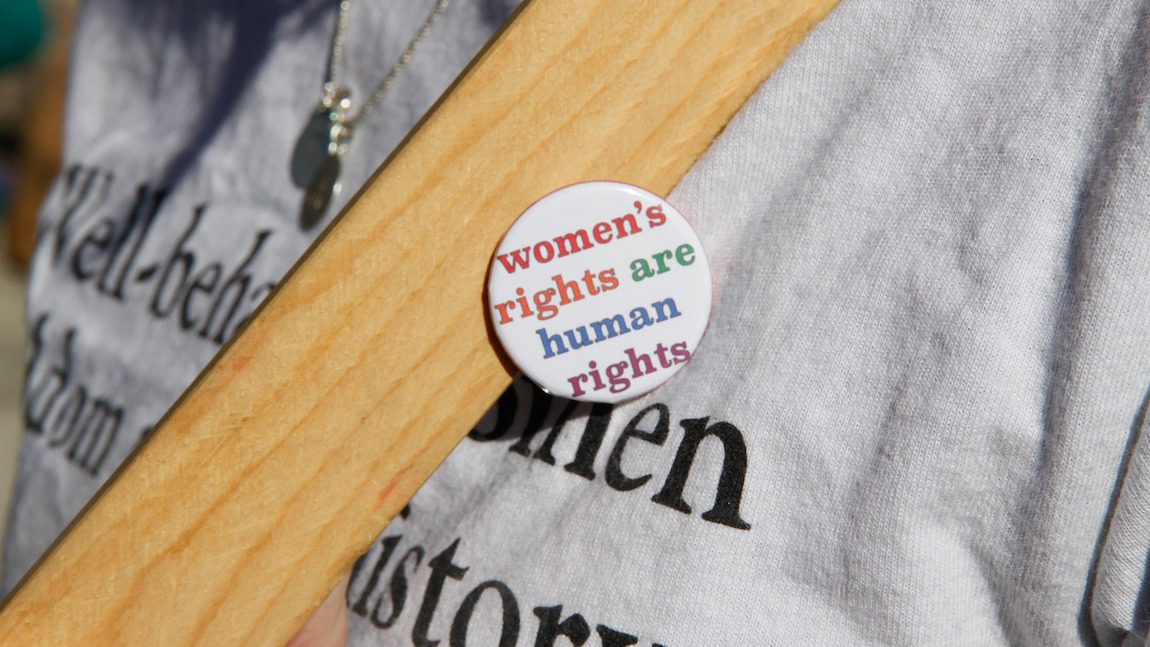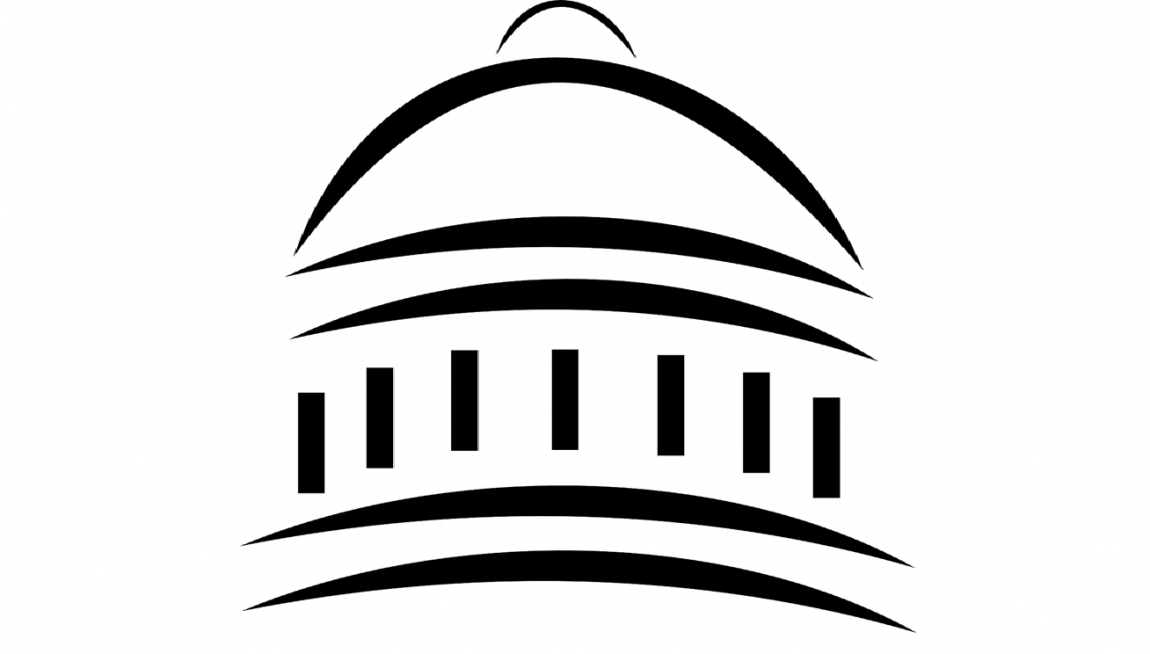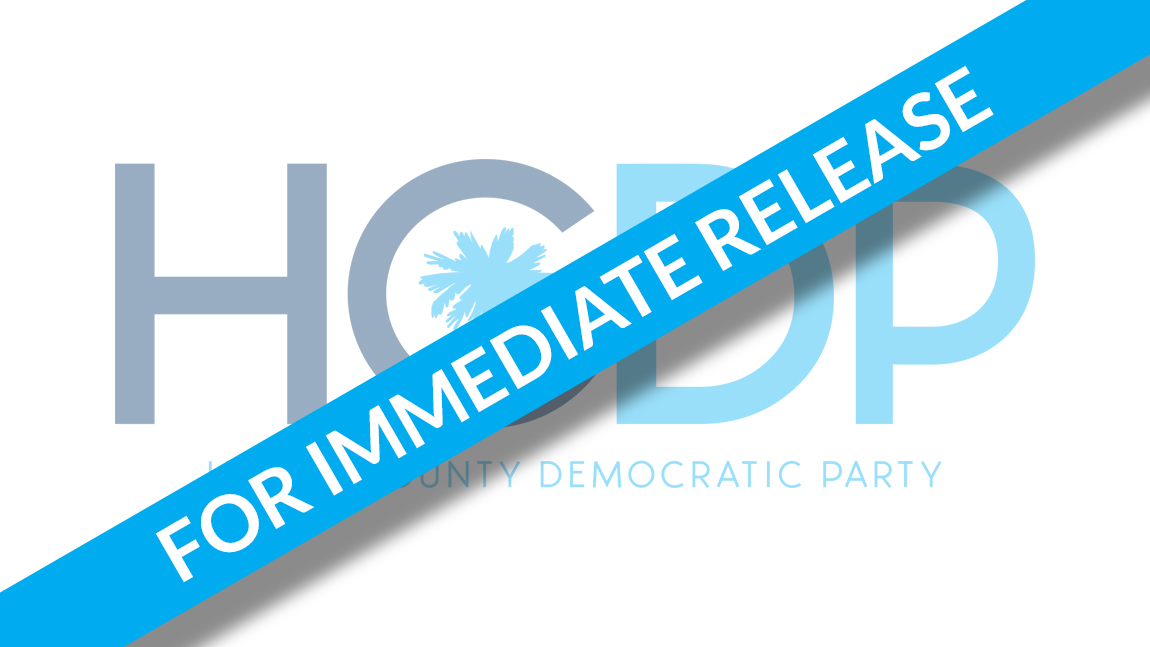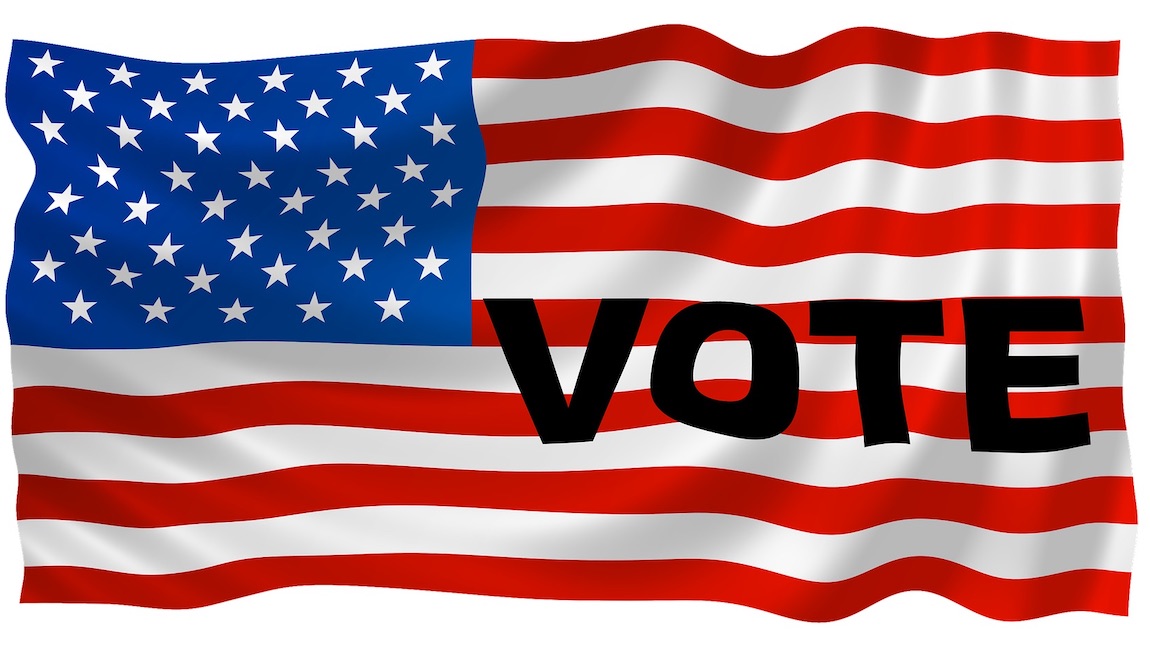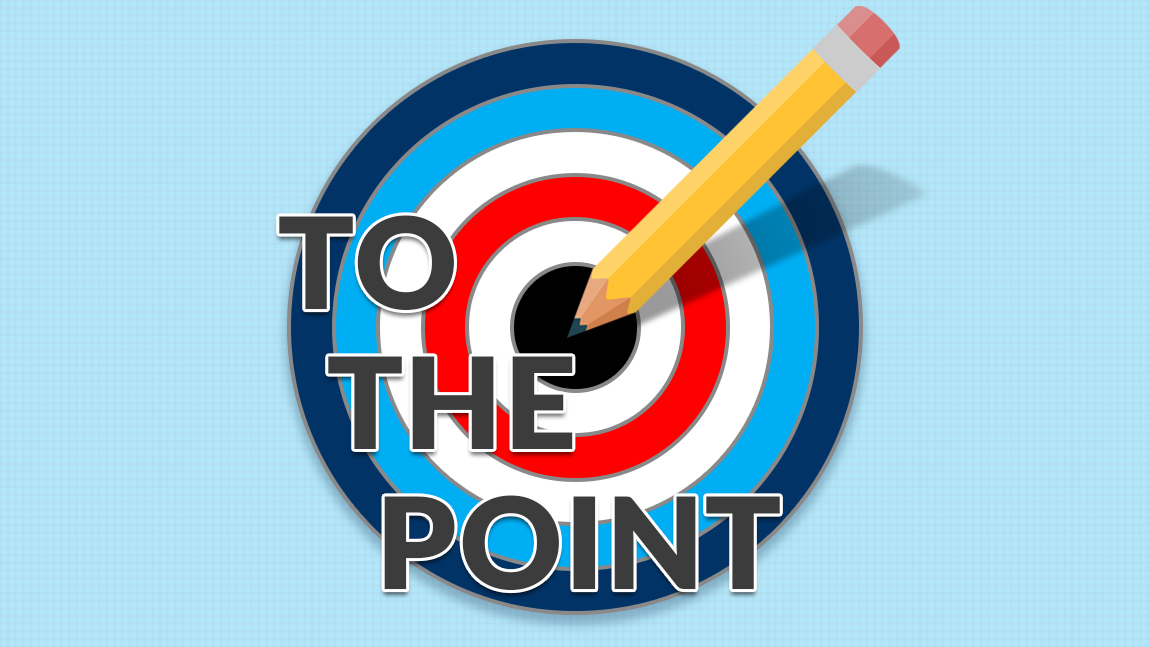In spite of the great gains of the U.S. women’s movement over the past century, there are still many areas where sex equality is lacking. For example, women are still paid 82 cents on a man’s dollar — more than $400,000 lost wages over the course of a career. And that’s just the tip of the inequality iceberg.
To counter this, women’s organizations are mobilizing globally and grassroots activism is exploding, as well as global activities associated with #MeToo and the Women’s March.
In fact, in 2017 the Women’s March drew between 3 to 5 million participants in the United States and over 7 million worldwide. One goal was to build inclusive institutional structures guided by self-determination, dignity, and respect. Since then, this women-led movement has been busy creating educational trainings, outreach programs, and events.
Today, about 60 percent of U.S. women and 40 percent of U.S. men say that “feminist” is an accurate descriptor of their personal identities. Demographically, those who embrace the feminist label are more likely to be younger, college educated, and affiliate with the Democratic Party.
Four Waves of Feminism
Since the mid-1800s there have been four waves of women rising at different points in our nation’s history to secure political, economic, and cultural gains.
The first wave (1848-1920) was dedicated to achieving political equality for women. This wave began with the Seneca Falls convention of 1848, where approximately 200 women discussed their grievances and passed a resolution calling for the right to vote. They were also concerned to achieve equal access to education, employment, and the right to own property.
In 1920, the first wave secured its greatest victory, when Congress passed the 19th Amendment granting women the right to vote.
The second wave (1963-1980) began with Betty Friedan’s The Feminine Mystique, which sold over 3 million copies in three years. In this text, Friedan unpacked what she called “the problem that has no name,” meaning the unspoken sexism that teaches women that their place is inside the home. She argued that the problem is that the American system has refused to allow women to exercise their intellectual faculties in the realms of economics and politics.
Due to the policy efforts of the second wave, the movement won major legal victories:
- A series of landmark Supreme Court cases gave women the right to use birth control.
- Title IX gave women the right to educational equality.
- In 1973, Roe v. Wade guaranteed women reproductive freedom.
The third wave (1991-2000) arrived with the highly publicized Anita Hill case and the emergence of Riot Grrrl groups on the music scene in the early 1990s. Anita Hill’s accusations against Supreme Court justice nominee Clarence Thomas for sexual harassment caused a national conversation about the lack of women in political leadership roles. In 1992, an unprecedented 24 women won seats in the House and three more were added to the Senate.
The Riot Grrrl music scene mixed punk rock and feminism to produce an updated critique of patriarchal vestiges left in society. Common themes included the importance of inclusion, acceptance of the sexualized body as non-threatening, and the role of the internet in changing perceptions of gender.
The fourth wave (2008-present) exists mainly on-line where activists plan events and engage in feminist discourse and debate. At times, activism may spill over into the streets like the Women’s March, but it’s conceived and propagated through online forums.
Currently, this wave is the driving force behind the #MeToo and Times Up projects that are raising awareness of sexual harassment in the workplace. Common positions that hold true for the fourth wave include the idea that feminism is queer, sex-positive, trans-inclusive, body-positive, and anti-misandrist.
Me Too, Time’s Up, & Sexual Violence
Amid the fourth wave uprising of young feminists, there have been two notable campaigns that have had major impacts on how our society deals with sexual violence and treatment of survivors. These campaigns have been deeply impactful as reports reveal that up to 85 percent of women in the U.S. admit to having experienced sexual harassment at work.
The Me Too movement can be found mainly online as a support group for survivors of sexual assault and harassment. “Me too,” as a phrase of resistance, was originally coined by social worker Tarana Burke who used it as a way for young Black women to come together in solidary around sexual abuse and realize they were not alone.
Her work went on for over a decade unnoticed on the national stage until actress Alyssa Milano used the phrase on the social media site Twitter. Milano tweeted, “If you’ve been sexually harassed or assaulted write ‘me too’ as a reply.”
Me Too has been a powerful movement in its ability to remove over 200 abusive males from high political and cultural positions. To name a few: Fox commentator Bill O’ Reilly resigned after it surfaced that he had paid off five women to a total $13 million; Team Olympic doctor Lawrence Nassar received 60 years in federal prison due to abuse of athletes under his care; and comedian Bill Cosby was charged with drug-induced sexual assault after nearly 60 women came out and testified.
Building on the success of Me Too, Hollywood celebrities created the Times Up Legal Defense Fund to cover legal and public relations costs for those who have experienced sexual harassment in the workplace. As of 2020, the group had raised over $24 million in donations and gathered over 750 volunteer lawyers. So far, the fund, administered by the National Women’s Law Center, has helped over 3,600 people seek justice. According to the Center, around 40 percent of those seeking assistance are women of color and 65 percent are low-income.
Policy Actions & Victories
Since the advent of #MeToo’s viral campaign, 15 states, including Washington and California, have moved to change their laws to restrict the use of nondisclosure agreements to cover up sexual harassment and abuse. The movement has also pushed states to review their backlog of rape kits. Some states have begun to mandate the use of rape kits and others have provided increased funding to clear the backlogs. Additionally, states, like Connecticut, are extending or lifting their statutes of limitations so that survivors can file civil suits against sexual abusers.
As for national legislation, President Biden recently signed the Ending Forced Arbitration of Sexual Assault and Sexual Harassment Act of 2021 into law. Under that law, employers cannot require that an employee’s dispute to be settled outside of court. This new law guarantees that survivors of workplace sexual harassment can pursue a lawsuit in court and speak out against what happened to them.
With the advent of the Women’s March, Me Too, and Time’s Up, feminism is on the rise, and we should be ready to support the next viral pro-woman campaign, whether it occurs online or in the streets.

